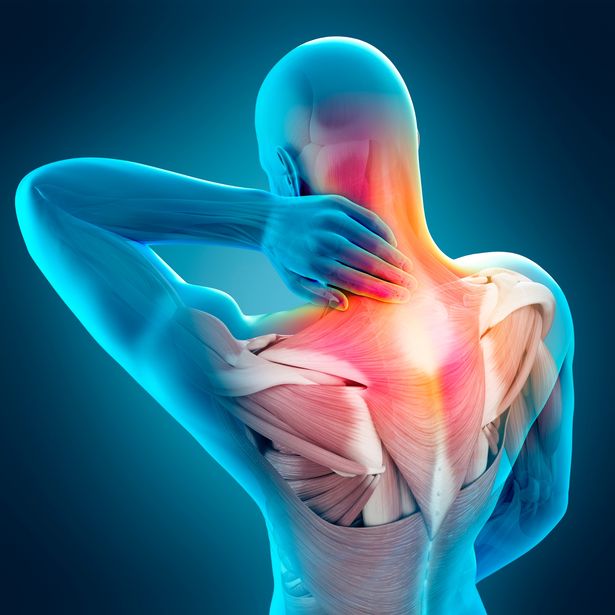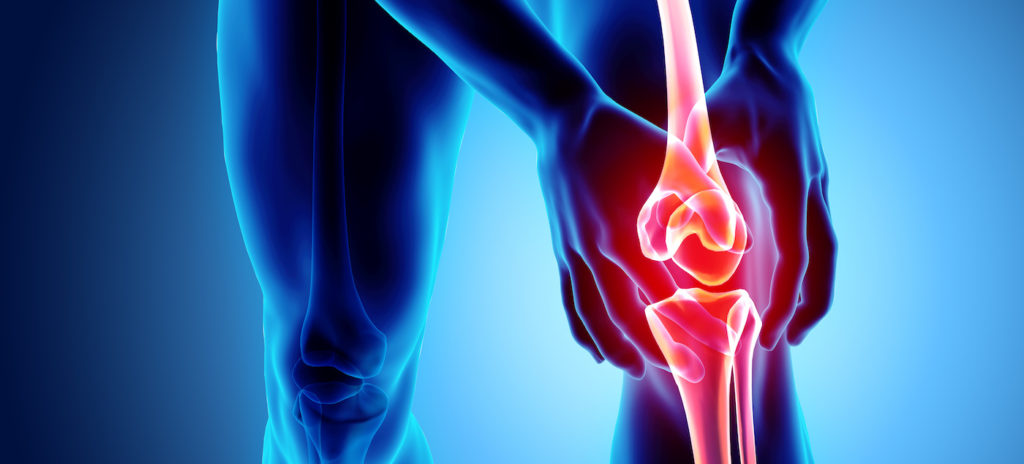Muscle & Joint Pain
The evaluation and treatment of muscles & joints is the bread and butter of Physical Therapy. Physical Therapists are movement scientists and experts in the anatomy & physiology of the musculoskeletal system. For this reason, we are a great resource to help you address pain, weakness, or mobility issues with your muscles and joints.
The human body consists of (at least):
Each of these bones, muscles, and joints have unique sizes, shapes, and functions. The physiological process of developing pain, stiffness, or weakness is complex. To keep it simple, we know that any of these body tissues can be a source of pain or movement dysfunction. Some contributing factors to the development of muscle and joint pain include stress, poor posture, faulty mechanics, inadequate training, and of course trauma to name a few.

Here are some basic definitions to help you understand the musculoskeletal system:
Skeletal muscle– Also called voluntary muscle, these are responsible for all of our body movements by moving the bones to which they attach. They also work to help stabilize and protect our joints. Muscles have the ability to contract and relax allowing for significant changes in tissue length.
Tendon– A tough band of connective tissue that attaches muscle to a bone and allows for transfer of force that the muscle exerts.
Joint – The articulation or contact point of two or more bones to allow for movement.
Ligament – A fibrous band of connective tissue that attaches two or more bones together at their articulation. Unlike muscles, ligaments do not contract and relax so their ability to change length is minimal.
Below are some common causes of muscle and joint pain:
Trigger Points – Also known as myofascial trigger points or “knots” in layman’s terms, there are focal, irritable spots located in a taut band of skeletal muscle. They produce pain locally and sometimes in a referred pattern. Acute trauma or repetitive microtraumas may lead to the development of stress on muscle fibers and the formation of trigger points. These are a common sources of regional, persistent pain resulting in a decreased range of motion in the affected muscles and impaired function.
Muscle Strain – Also referred to as a muscle pull or muscle tear, this occurs when a muscle and/or its tendon exceeds its capacity to handle a load and becomes damaged as a result. Muscle strains are generally graded from 1-3, with grade 3 being the most severe which can sometimes require surgery to repair.
Joint Sprain – Also referred to as a ligament sprain this occurs when 1 or more ligaments of a joint exceeds its capacity to handle a load and becomes damaged as a result. This is usually caused by a rapid overstretching of the ligament from a sports injury or fall but occasionally ligaments are sprained from repetitive overuse micotraumas. Like muscle strains, these are graded from 1-3, with grade 3 being a complete rupture of the ligament.
Arthritis – The literal translation for this term is “joint inflammation.” There are more than 100 types of arthritis but the most common type is osteoarthritis or degenerative joint disease (see below). Arthritis results in joint pain, swelling, and stiffness.
Degenerative Joint Disease – Commonly referred to as osteoarthritis, this occurs from the “wear and tear” deterioration of cartilage that serves as a cushion and lubricant in the joint. More than 50% of adults over the age of 65 are affected by DJD.
Tendinitis – inflammation of a tendon causing pain, swelling, as well as loss of motion and strength. Tendinitis is a type of tendinopaty which is usual an acute phase of tendon injury. Another form of tendinopathy is called Tendinosis which causes similar problems but is more chronic and involves deterioration of the tissue. These distinctions are important, as it changes the treatment plan.
Bursitis– This involves inflammation of the fluid-filled sacs that provide cushioning and lubrication around joints. It results in pain, swelling, and impaired movement and most commonly occurs in the shoulder, elbow, and hip.

